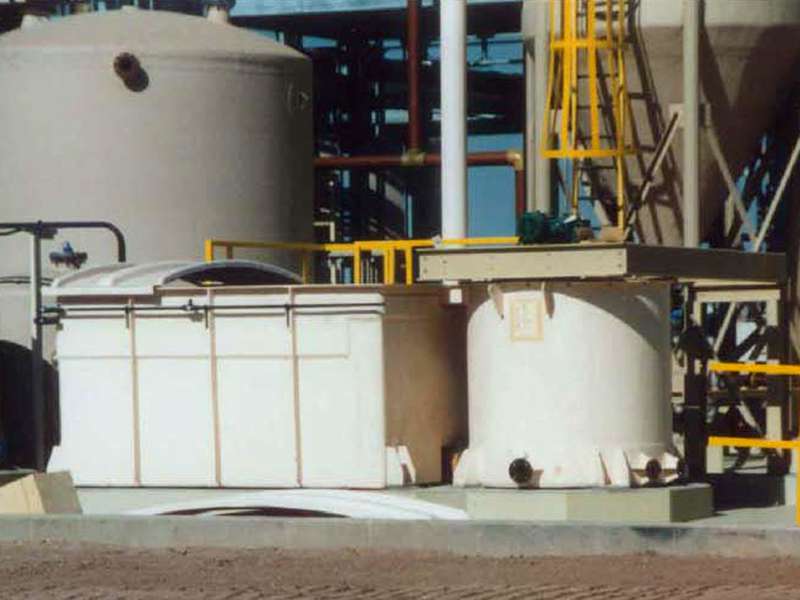
-
 Afrikaans
Afrikaans -
 Albanian
Albanian -
 Amharic
Amharic -
 Arabic
Arabic -
 Armenian
Armenian -
 Azerbaijani
Azerbaijani -
 Basque
Basque -
 Belarusian
Belarusian -
 Bengali
Bengali -
 Bosnian
Bosnian -
 Bulgarian
Bulgarian -
 Catalan
Catalan -
 Cebuano
Cebuano -
 China
China -
 China (Taiwan)
China (Taiwan) -
 Corsican
Corsican -
 Croatian
Croatian -
 Czech
Czech -
 Danish
Danish -
 Dutch
Dutch -
 English
English -
 Esperanto
Esperanto -
 Estonian
Estonian -
 Finnish
Finnish -
 French
French -
 Frisian
Frisian -
 Galician
Galician -
 Georgian
Georgian -
 German
German -
 Greek
Greek -
 Gujarati
Gujarati -
 Haitian Creole
Haitian Creole -
 hausa
hausa -
 hawaiian
hawaiian -
 Hebrew
Hebrew -
 Hindi
Hindi -
 Miao
Miao -
 Hungarian
Hungarian -
 Icelandic
Icelandic -
 igbo
igbo -
 Indonesian
Indonesian -
 irish
irish -
 Italian
Italian -
 Japanese
Japanese -
 Javanese
Javanese -
 Kannada
Kannada -
 kazakh
kazakh -
 Khmer
Khmer -
 Rwandese
Rwandese -
 Korean
Korean -
 Kurdish
Kurdish -
 Kyrgyz
Kyrgyz -
 Lao
Lao -
 Latin
Latin -
 Latvian
Latvian -
 Lithuanian
Lithuanian -
 Luxembourgish
Luxembourgish -
 Macedonian
Macedonian -
 Malgashi
Malgashi -
 Malay
Malay -
 Malayalam
Malayalam -
 Maltese
Maltese -
 Maori
Maori -
 Marathi
Marathi -
 Mongolian
Mongolian -
 Myanmar
Myanmar -
 Nepali
Nepali -
 Norwegian
Norwegian -
 Norwegian
Norwegian -
 Occitan
Occitan -
 Pashto
Pashto -
 Persian
Persian -
 Polish
Polish -
 Portuguese
Portuguese -
 Punjabi
Punjabi -
 Romanian
Romanian -
 Russian
Russian -
 Samoan
Samoan -
 Scottish Gaelic
Scottish Gaelic -
 Serbian
Serbian -
 Sesotho
Sesotho -
 Shona
Shona -
 Sindhi
Sindhi -
 Sinhala
Sinhala -
 Slovak
Slovak -
 Slovenian
Slovenian -
 Somali
Somali -
 Spanish
Spanish -
 Sundanese
Sundanese -
 Swahili
Swahili -
 Swedish
Swedish -
 Tagalog
Tagalog -
 Tajik
Tajik -
 Tamil
Tamil -
 Tatar
Tatar -
 Telugu
Telugu -
 Thai
Thai -
 Turkish
Turkish -
 Turkmen
Turkmen -
 Ukrainian
Ukrainian -
 Urdu
Urdu -
 Uighur
Uighur -
 Uzbek
Uzbek -
 Vietnamese
Vietnamese -
 Welsh
Welsh -
 Bantu
Bantu -
 Yiddish
Yiddish -
 Yoruba
Yoruba -
 Zulu
Zulu
Innovative Design and Applications of FRP Rectangular Tubes in Modern Engineering
The Advantages and Applications of FRP Rectangular Tubes
Fiber Reinforced Polymer (FRP) rectangular tubes have emerged as a pivotal innovation in modern engineering and construction, offering a unique combination of strength, lightweight characteristics, and resistance to environmental degradation. With their diverse applications across various industries, these advanced materials have become increasingly popular among architects, engineers, and manufacturers.
Understanding FRP Materials
FRP is a composite material consisting of a polymer matrix reinforced with fibers, typically glass, carbon, or aramid. This structure provides enhanced mechanical properties, making FRP rectangular tubes not only strong but also lightweight compared to traditional materials like steel and aluminum. The manufacturing process for these tubes can involve techniques like pultrusion, where fibers are drawn through a resin bath and then heated to form a rigid structure.
Key Advantages of FRP Rectangular Tubes
1. Lightweight and High Strength One of the primary benefits of FRP rectangular tubes is their high strength-to-weight ratio. This characteristic allows for significant reductions in the weight of structures, leading to lower transportation costs and easier handling during construction.
2. Corrosion Resistance Unlike metals, FRP does not corrode when exposed to moisture or various chemicals. This durability extends the lifespan of structures, particularly in harsh environments such as marine settings, chemical plants, and wastewater treatment facilities.
3. Thermal Insulation FRP materials possess excellent thermal insulation properties, making rectangular tubes suitable for applications where temperature control is crucial. This feature is particularly beneficial in the construction of buildings and piping systems.
4. Design Flexibility The versatile nature of FRP allows for a variety of shapes, sizes, and colors, providing designers with the freedom to create aesthetically pleasing structures while meeting functional requirements.
frp rectangular tube

5. Low Maintenance Structures built with FRP require less maintenance over time, translating to cost savings for owners and operators. This reduced need for upkeep is particularly advantageous in remote or hard-to-reach locations.
Applications of FRP Rectangular Tubes
1. Construction and Infrastructure In building construction, FRP rectangular tubes are often used in the design of columns, beams, and facades. Their lightweight nature helps reduce the overall dead load of structures, allowing for more efficient use of materials.
2. Transportation Systems FRP tubes are increasingly being used in rail and bridge construction. Their resistance to corrosion makes them ideal for use in areas exposed to moisture, such as near rivers or coastlines.
3. Marine Industry The marine environment poses severe challenges for materials due to saltwater exposure and biofouling. FRP rectangular tubes are extensively used in dock systems, boat building, and marine infrastructure due to their durability and resistance to corrosion.
4. Industrial Applications Various industries utilize FRP for building structures that house machinery or equipment, particularly in chemical processing and power generation, where the tubing's resistance to harsh chemicals is beneficial.
5. Sports and Recreation From framework for sports facilities to components in recreational equipment, FRP’s strength and lightness make it an attractive option for improving performance and safety.
Conclusion
FRP rectangular tubes represent a significant advancement in material science, responding effectively to the demands for lightweight, durable, and corrosion-resistant solutions across multiple industries. Their applications are vast, and as technology advances, we can expect to see even more innovative uses for these versatile materials. Whether in construction, transportation, marine, or industrial settings, FRP rectangular tubes stand out as a smart investment for the future, contributing to sustainability and efficiency in design and engineering. With ongoing research into improving FRP formulations and expanding their capabilities, the potential for these materials is boundless, paving the way for a new era in structural design.









